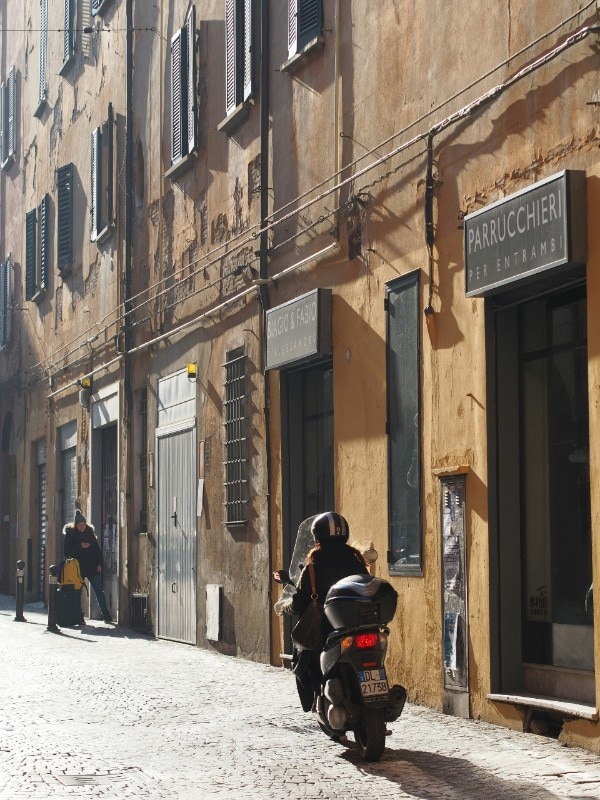With the “Bologna city 30” project, the Emilia capital has become the first major Italian city to introduce sensible speed limits for car traffic. Wanted by the center-left administration, however, the proposal to introduce a 30 kilometer per hour speed limit on most of the city's roads has drawn a lot of criticism, justified mainly by fears of slowdowns due to the new limits.
To support raising awareness one year after the introduction of the new regulations, the municipality recently released data collected on traffic accidents. According to data reported in an article by the Italian media outlet Il Post, the number of accidents in the city in 2024 decreased by 13.1 percent compared to the average of the previous two years, and, most importantly, no pedestrians were killed for the first time in at least 33 years, which is the longest time the data has been available.

The 2024 budget shows how accidents were reduced by 13% compared to the average for the two-year period 2022-2023. There were 269 fewer people injured, while there were 10 deaths in all traffic accidents — 8 fewer than in 2023 and 11 fewer than in 2022. Compared to the overall trend, the number of people involved in accidents while commuting by bicycle continues to increase (from 409 to 433). The growth in accidents among those who commute by bicycle can be explained by the increase in the use of the means of transportation: according to flow surveys, bicycle crossings at the three observed points increased by 10 percent.
Also regarding traffic flows, there was a 5 percent decrease in 2024, which corresponds to about 11 thousand fewer vehicles on weekdays. According to the municipality an increasing proportion of citizens and citizens have begun to move differently, using a little less car and more public transportation and bicycles.
However, the balance of the first year is encouraging, following the simulated experiences already experienced in other European cities including Berlin, Brussels and Barcelona. With their own specificities, each case study has shown how the introduction of this limitation, followed by investment in public transportation, does not lead to longer travel times for motorists, but rather promotes substantial traffic calming.


